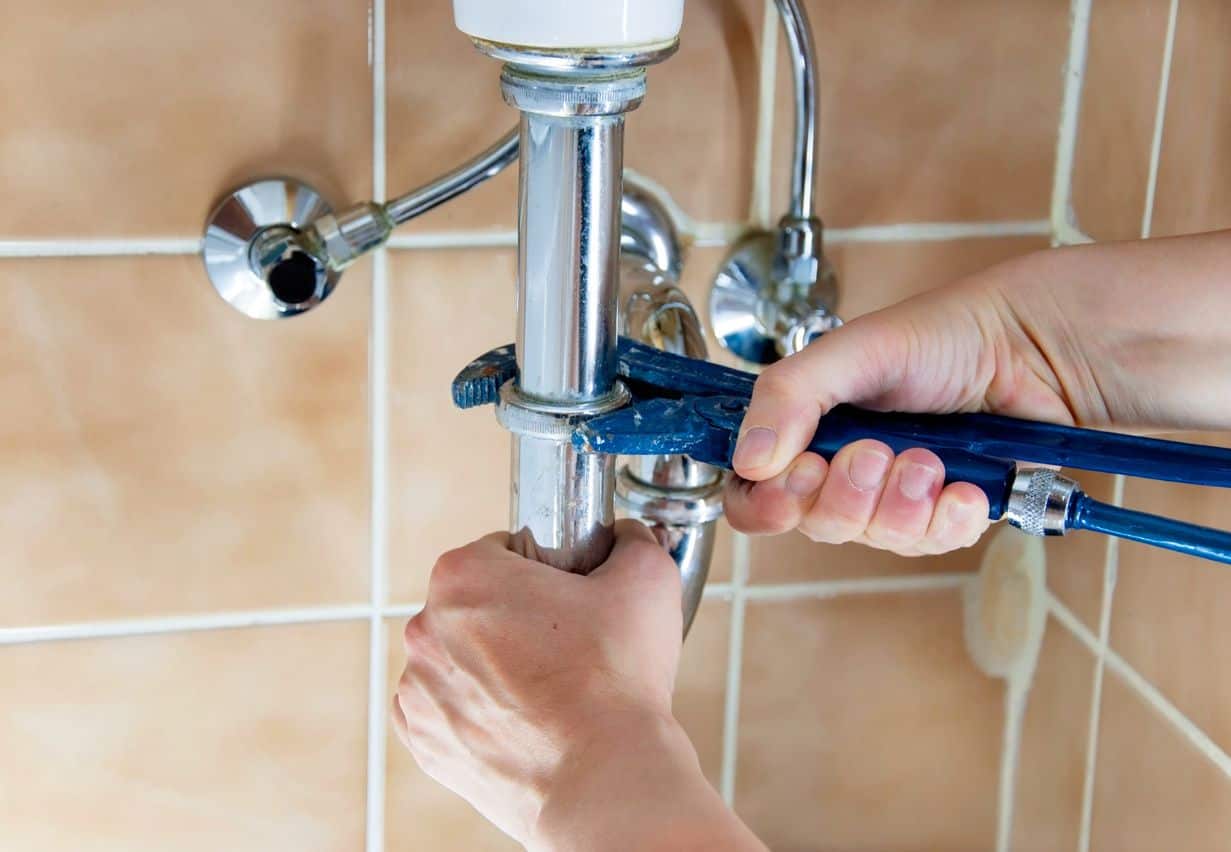Ahlian Jian Insights
Exploring the latest trends and news in various fields.
When a Leaky Faucet Becomes a Gushing Problem
Discover the hidden dangers of a leaky faucet and why ignoring it could lead to a costly deluge. Don’t let small leaks turn into big problems!
Top Signs Your Leaky Faucet is a Bigger Plumbing Issue
A leaky faucet can be more than just a minor annoyance; it often signals underlying plumbing issues that require immediate attention. One of the top signs that your leaky faucet is part of a bigger problem is if you notice a consistent increase in your water bill without a change in your usage. This can indicate that the leak is not just confined to the faucet but may involve the pipes behind the wall or under the sink, causing water to be wasted and potentially leading to mold growth. Additionally, if you see water stains on the cabinets or walls beneath your sink, this could be a clear indicator that there is a leak that needs to be addressed.
Another crucial sign to watch for is the presence of rust around the faucet or plumbing fixtures. Rust can weaken pipes over time, leading to further leaks and complications. If you experience fluctuating water pressure or hear gurgling sounds coming from your sink or drains, these are also significant signs that your leaky faucet may be linked to a larger plumbing issue, such as a blockage or a failing valve. Addressing these problems early can prevent more costly repairs down the road, so it's essential to be vigilant and proactive with any indicators of plumbing troubles.

How to Fix a Leaky Faucet Before It Becomes a Flood
Dealing with a leaky faucet might seem like a minor issue, but if left unchecked, it can lead to significant water waste and potentially costly repairs. The first step in fixing a leaky faucet is to identify the type of faucet you have: compression, cartridge, ball, or ceramic disk. Each type has its specific repair methods. Begin by turning off the water supply and gathering your tools, which typically include a wrench, screwdriver, and replacement parts. Once you’ve prepared, carefully disassemble the faucet to inspect for worn-out washers or O-rings that often cause the leak.
After identifying the source of the leak, replace the damaged components to ensure a proper seal. It’s crucial to reassemble the faucet correctly, tightening screws and bolts cautiously to avoid any damage. Once everything is back in place, turn the water supply on and test the faucet for leaks. If the problem persists, you might need to reevaluate the parts or consult a professional. Remember, taking swift action on a leaky faucet not only saves water but also helps prevent it from escalating into a flooding situation.
What Are the Hidden Costs of Ignoring a Dripping Faucet?
Ignoring a dripping faucet may seem like a minor inconvenience, but it can lead to significant hidden costs over time. Firstly, the constant drip not only wastes water but can also result in an inflated water bill. On average, a single dripping faucet can waste over 3,000 gallons of water annually, leading to higher utility expenses. Moreover, the longer the issue is left unaddressed, the more the wear and tear on your plumbing can escalate, eventually requiring costly repairs or replacements.
Moreover, a persistent drip can create an ideal environment for mold and mildew growth, especially if it leads to water accumulation in your home. This can increase health risks for your family, leading to potential medical expenses. Additionally, if the problem worsens and causes water damage, the repair costs can skyrocket. Therefore, it's crucial to address a dripping faucet promptly to prevent these hidden costs from adding up and impacting both your wallet and your health.